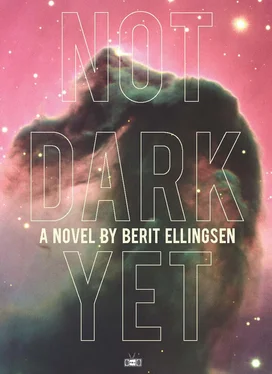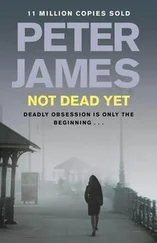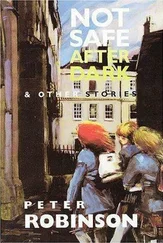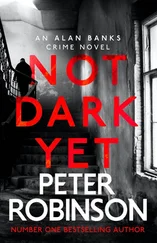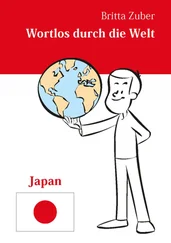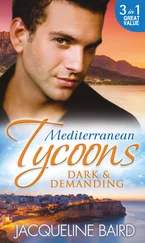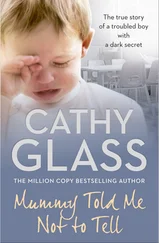HIS FIRST TASK AS PHOTOGRAPHER FOR THE FACULTY of natural sciences at the city’s university had been to shoot owls that were part of research into avian hearing and echolocation. He met Kaye, the assistant professor who had requested a photographer, by the reception desk on the fifth floor of The Institute for Biological Sciences. The assistant professor was a healthy-looking man of medium height, with light brown curly hair, and was somewhere in his mid-thirties, but his cargo pants, fleece sweater, and worn hiking boots made him seem younger.
“We’ll have to go up to the next floor,” Kaye said.
“There was no 6 button in the elevator,” he said.
Kaye gave him a glance. “The floor was added to the center of the roof long after the building itself was complete. That’s why there are no elevators and the structure is not visible from the ground.”
“Oh, it’s a secret government facility,” he said.
“The government doesn’t give a damn about zoology, or the environment for that matter,” Kaye said. “The sixth floor is where we keep the animals used for research. It’s not discussed much, by staff or students, and not many people know about it.”
“What sort of animals?”
Kaye shrugged. “Mice and rats mostly, a few rabbits and chickens, some bats, and of course, the owls. The rooms are small, though. That’s why I want you to see them first, before you start carrying spotlights and cameras up.”
“So how do we get there?”
“I’ll show you,” Kaye said, and began moving down the corridor. “Do you have any allergies? To mice or rabbits?”
He shook his head. “None.”
“Any phobias of birds or feathers?”
“I ought to be able to handle that.”
Kaye grinned. “Good, then I can show you to the owls.”
He followed Kaye down a hallway painted in a nauseating green, with a well-waxed linoleum floor in the same institutional hue. Most of the doors were open and allowed glimpses into laboratories, offices, and storage rooms. Students and academic staff of various ages moved through the corridor, and a few nodded to the assistant professor as they passed.
“This way,” Kaye said, turning first one corner, then another. At the end of the corridor three steps of grated stairs led up to an elevated door, which looked sturdier than the others in the hallway and was flanked by a keypad with metallic keys. Kaye typed a six-digit code into the keypad, then pulled the door open when the lock beeped.
“After you,” the assistant professor said. A short flight of stairs surrounded by white walls led to another door with a keypad. Kaye used the same code and pulled the handle as soon as the lock sounded. Inside was a corridor in the same sickly green as the floor below, only narrower, lower, and with fewer doors. They were all closed, sealed shut with black rubber lining, and bearing keypads. In the ceiling, circular vents covered by shields of consecutively smaller and smaller rings created a strong downward draft.
They passed two doors. At the third Kaye stopped and unlocked it with another six-digit code. When the assistant professor opened the door, air hissed into the room beyond.
“Good ventilation,” he commented.
Kaye nodded. “Slightly lower air pressure than outside, so nothing escapes to the rest of the building. Animal allergens are bad for air quality.”
“And viruses?”
“None that will infect humans,” Kaye said with a wink, grinning white, even teeth at him.
The space they entered was small, barely two by three meters. The long walls carried a row of hooks, on which several white lab coats, a few dark ones, and several mint green coveralls hung. Beneath them were racks for shoes, empty, except for a cardboard box and a yellow plastic bag someone had left behind. In the ceiling, fluorescent lamps emitted a light that was so bright it was almost blue.
“Please put this on,” Kaye said, handing him a green coverall and plastic shoe covers from the box.
He hung his short wool coat up and pulled the laboratory garment on. It was thin and crinkly and resembled paper, with the legs and sleeves ending in elastic bands.
The assistant professor removed his own brown fleece sweater, revealing a white t-shirt and a surprisingly solid physique underneath, and pulled on a coverall too. Kaye then took out a metallic red climber’s carabiner bristling with keys of various sizes, picked one, and unlocked the next door.
The room inside was also long and narrow, with a worktop running the length of one wall. The white surface featured two steel sinks with large, curving faucets, the lens of a motion sensor beneath each steel neck, bottles of liquid soap and disinfectant next to them. Along the worktop were boxes of latex-free lab gloves in four sizes, a white plastic wash bottle labeled “twenty percent ethanol,” and a glazed ceramic jar holding pens and markers of various thickness and colors, boxcutters, and a laser pointer. There was also a shallow plastic box containing hammers, tongs, an awl, scalpel handles, and a set of screwdrivers in various sizes. The shelves above the worktop had no doors and displayed stacks of plastic bowls and boxes, graded glass beakers, measuring cylinders, pipettes, square plastic bottles labeled “sodium chloride,” “potassium chloride,” and other salts, more hand disinfectant, and several brown glass bottles containing medical-grade ninety-eight percent ethanol. Beneath the worktop were rows of drawers and cabinet doors, as well as large bags of food pellets and wood wool, stacks of paper towels, and plastic buckets.
On the opposite wall were four rows of transparent plastic boxes lined with wood wool, a tube of liquid attached to each box. The scratched plastic dampened the brightness of the fluorescent light to a golden glow. Inside each softly illumined world small furry backs were curled up in the wood wool. The mice seemed to be asleep; no tiny mammal was jumping or running inside the plastic containers. Kaye didn’t comment on the mice, but continued to the next door, where a large round shower head had been mounted on the wall. A triangular handle with an emergency sign dangled in a thin chain from the shower head. Beneath it, at chest height, was a circular steel bowl with a small tap and two rubber cups protruding from the bottom. The emergency shower and eye rinsing system was dusty and unused. Next to it was a plastic rack with first aid equipment behind a transparent lid.
In the room that followed the air was noticeably warmer, more humid, and smelled of pine trees and bird droppings. The space resembled most of all a dog pound, with tall cages of plastic-encased wire, stacked two on top of each other, in a row along the wall. Inside each enclosure perched an owl, as tall as the length of his lower arm, or larger. Some of the birds were white with dark speckles, others had a tan or gray base coloration overlaid with black or brown. A few of the owls turned their heads almost one hundred and eighty degrees to inspect their visitors with large, docile eyes, and blinked at them slowly, like cats, before they swiveled their heads back and ignored them. Others only shuddered and fluffed themselves a little, and shifted calmly on their perches.
Kaye grinned at him.
He smiled and approached the nearest cage.
“Magnificent, aren’t they?” Kaye beamed.
He nodded and peered into one wire-bounded space, trying to meet the owl’s gaze, but the large bird only winked a few times, closed its eyes, and remained still. “Are they all the same species?” he asked.
“No,” Kaye said. “We have ten different species, because each navigates by auditory clues a little differently. Our aim is to study the full range of hunting techniques and neural wiring among owls, which is why we keep more than one species.”
Читать дальше
